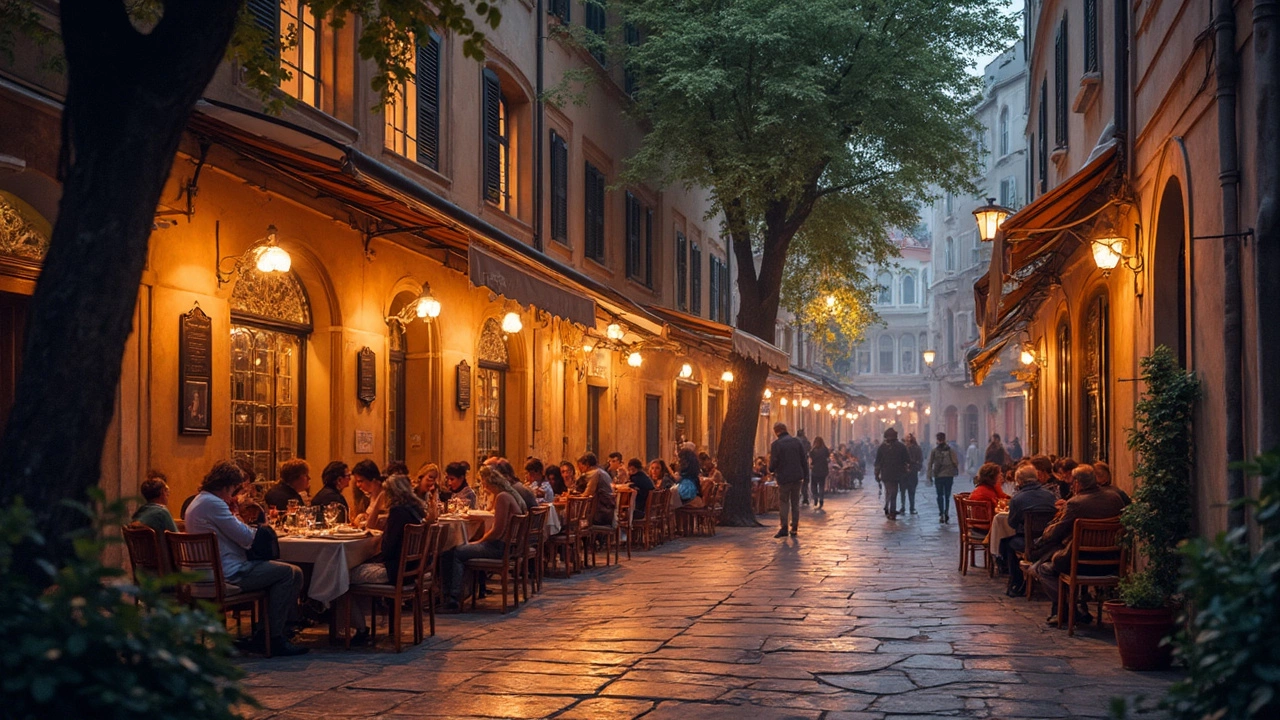Croatia Expenses: What Your Holiday Will Actually Cost
If you’re dreaming about crystal‑clear water, historic towns and tasty grill food, you probably wonder how much you’ll spend. The good news? Croatia can fit many budgets, from backpacker to mid‑range traveler. Below you’ll get a clear picture of daily costs, where to splurge and where to save.
Accommodation: From Hostels to Boutique Hotels
Hostels in popular spots like Split or Dubrovnik usually charge €15‑€25 per night for a dorm bed. Private rooms in budget hotels run €40‑€70, while a three‑star hotel in the city centre can be €90‑€130. If you’re okay with a bit of a commute, look at towns a short bus ride away—prices drop 20‑30% and you still get easy ferry access.
Food and Drink: Eating Like a Local
Breakfast is often free if you stay in a hotel, but a coffee and pastry at a café costs €2‑€4. Lunch at a konoba (local tavern) is cheap: a plate of pasta, fish or meat and a glass of wine is around €8‑€12. Dinner at a mid‑range restaurant averages €15‑€20 per person. Street food—grilled cheese, burek or a sandwich—can be as low as €3.
Don’t forget the extra costs: tipping 10% in restaurants, a small bottle of water (€0.70) on a hot day, and occasional entry fees for museums or parks. Overall, a comfortable daily food budget sits at €30‑€45.
Transport: Getting Around Smartly
Public buses are the cheapest way to travel between cities— a ticket from Zagreb to Split costs about €15. Ferries to the islands range €10‑€25 depending on distance and speed. Renting a car gives you flexibility, especially for remote spots, but expect €30‑€45 per day plus fuel (around €1.50 per litre). For most visitors, a mix of buses and occasional ferries saves money without missing highlights.
Local taxis start at €2.50, but they can add up quickly. Use rideshare apps or walk in compact towns to keep costs low.
Activities and Hidden Fees
Many of Croatia’s best attractions—like wandering the old town of Dubrovnik or hiking the Paklenica trails—are free. However, popular sites such as the Dubrovnik city walls charge €30‑€35 per adult. Boat trips to the Paklinski Islands or sea kayaking range €20‑€45.
Seasonal extras matter too. In high summer months, prices for accommodation and tours can jump 20‑40%. Booking early or traveling shoulder season (May‑June, September‑October) gives you better deals and fewer crowds.
Putting It All Together
Here’s a quick budget snapshot for a mid‑range traveler:
- Accommodation: €70 per night
- Food & drink: €35 per day
- Transport (mix of bus, ferry, occasional taxi): €20 per day
- Activities & entry fees: €15 per day
Total: around €140 per person per day. Adjust down to €80‑€100 if you stay in hostels and cook a few meals, or up to €200 if you prefer boutique hotels and private tours.
Remember to factor a small emergency fund—€100‑€150—for unexpected costs like a broken phone charger or a last‑minute museum ticket.
With these numbers in hand, you can plan a realistic Croatia itinerary that matches your budget and lets you enjoy the country's stunning coast, historic sites, and friendly locals without stressing over money.
